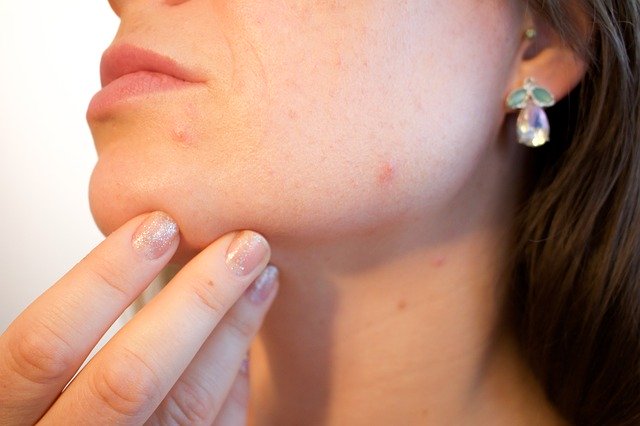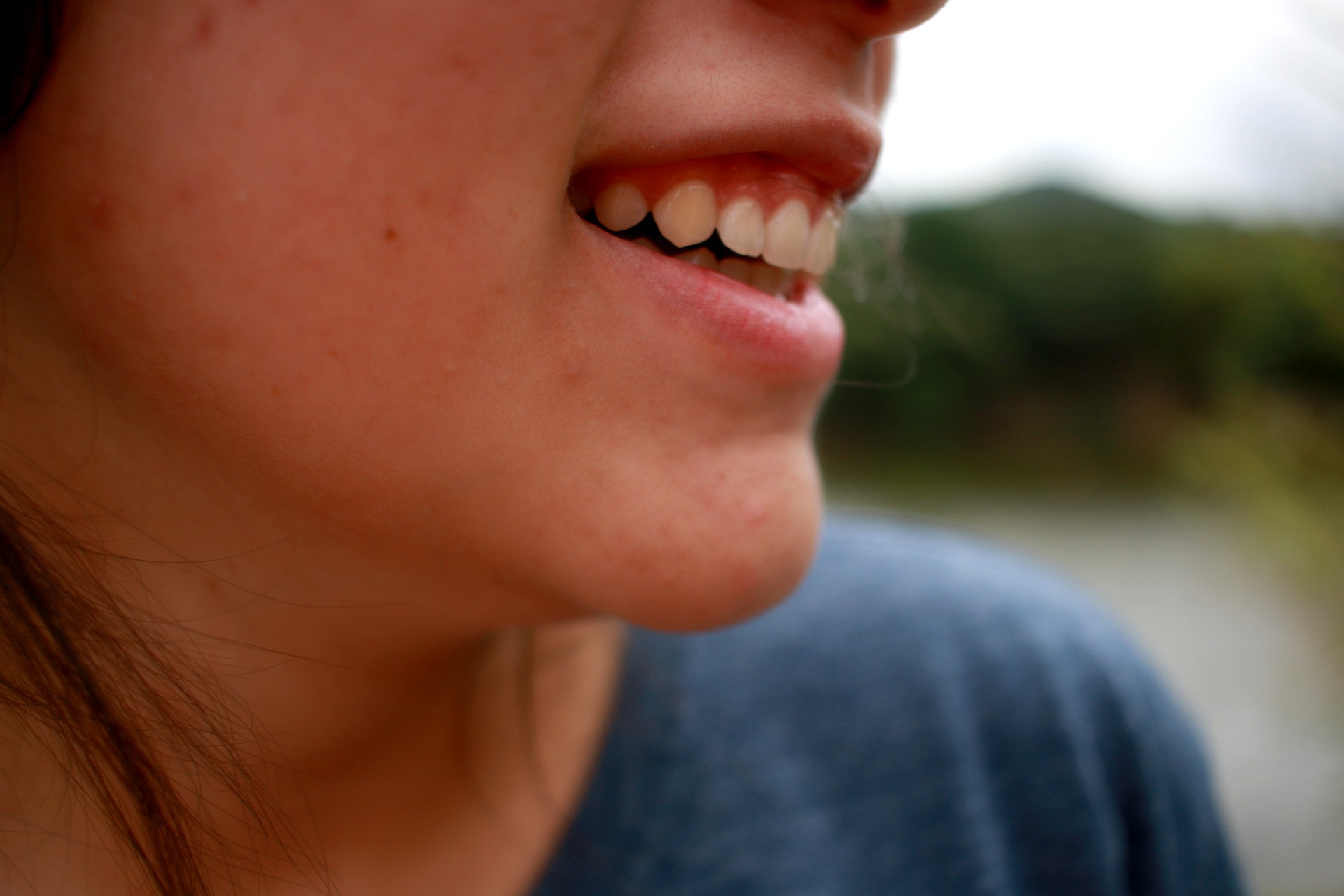Even after acne sores have healed, they can leave behind long-term disfigurement. While it’s hard to avoid acne scarring completely, comprehending the inner workings of your skin can assist you reduce long-lasting damage.
What causes acne scarring? In the most basic of terms, acne scars are visible pointers of injury and tissue repair work.

Who is most vulnerable to acne scars? How and why people end up with acne scars is not totally understood. There is also substantial variation in the “life history” of private scars; some individuals bear acne scars for a life time with little modification, while others enjoy watching their scars decrease with time.
How can I prevent acne scarring? The most efficient method to avoid scarring is to avoid acne altogether since we know so little about what causes one person to scar more easily than the next. It’s essential to treat the condition early in its course, and for as long as required. The more inflammation you can prevent, the less likely you are to scar. In the event that you do get acne sores, it’s essential to treat them with the correct medication rather than poke or pick at them. Handling the skin — squeezing with your fingernails, poking pimples with a pin, or whatever — considerably increases damage to surrounding tissue, and therefore increases the chance that the sore will leave a long-term scar and acne scar treatment will be essential.
Remember: A pimple that’s troubling you today will disappear soon if you let it be; if you pick at it, it could stick around permanently. If you have a particularly troublesome sore, see your skin doctor or aesthetician for safe, professional scar treatment or extraction.
If your work or play takes you out in the sun, protect yourself from damaging UVA and UVB rays with oil-free sunscreen; too much sun exposure can make scars stick around longer. Another practice that you know is bad — smoking — diminishes your skin’s important oxygen collagen reserves, triggers complimentary radical damage, and deposits toxins, making it more susceptible to aging and acne scarring.
Kinds of acne scars:
It might look like an acne scar, it’s in fact a macule– the last phase of an acne sore. Macules have been known to last for up to six months, however leave no permanent acne scar.
The exact same applies for post-inflammatory hyperpigmentation, a darkening of the skin at the site of a recovery acne sore. Many common in African-American, Asian and Latino populations, these areas can last up to 18 months– but might vanish faster if you stay out of the sun. Both macules and post-inflammatory hyperpigmentation are considered “pseudo-scarring” since they eventually disappear totally.
There are two kinds of real scars left by acne: acne scars triggered by increased tissue formation, and acne scars brought on by tissue loss. The former, called hypertropic or keloid scars, are less common and seem hereditary. These are discovered mostly in African-American, Asian and Latino patients. Keloid scarring occurs when the skin cells react to injury by producing an excess of collagen, which forms into lumpy fibrous masses most regularly along the jaw line and on the back or chest. These acne scars appear shiny, and may persist for several years.
Acne scars caused by tissue loss are much more typical, and might take the form of many kinds:
Soft acne scars have gentle sloping rolled edges that combine with the surrounding skin. They are normally small, direct or circular fit, and soft to the touch.
Ice-pick acne scars. Most often found on the cheek, ice-pick scars are deep but typically small, with a rugged edge and steep sides. They might be improved by stretching the skin, however, difficult ice-pick scars are challenging to treat if they are soft to the touch.
Depressed fibrotic acne scars. Over time, ice-pick scars may develop into depressed fibrotic scars. These likewise have high sides and sharp edges, but are bigger and firm at the base.
Atrophic macules are a form of acne scarring most common in Caucasians, are soft with a slightly wrinkled base. Blood vessels exist just below the surface area of the scar may and make them appear purplish when they are newly formed, however, this staining may fade in time to a pale ivory. Atrophic macules are usually little when they take place on the face, but might be a centimeter or bigger somewhere else on the body.
Follicular macular atrophy is more likely to occur on the chest or back of a person with acne. These little, soft white lesions look like whiteheads that didn’t totally establish and they may continue for years or months.
Can my acne scars be treated?
The brief answer is yes – acne scar treatment is offered. Post-inflammatory hyperpigmentation and macules can be improved with whitening representatives. Some superficial acne scarring can be treated with topical resurfacing representatives, like Retinol, which is readily available in lots of non-prescription forms, as well as in prescription medications such as tretinoin. Deeper and more pronounced acne scars may benefit from treatments like chemical peels, microdermabrasion, or laser therapy. Additionally, dermal fillers can help raise and smooth out depressed scars. It’s essential to consult with a dermatologist who can evaluate your specific scarring and recommend the most suitable treatment options tailored to your needs. Keep in mind that while these treatments can significantly improve the appearance of acne scars, they may not completely eliminate them, and results can vary from person to person.
There is likewise substantial variation in the “life history” of private scars; some individuals bear acne scars for a life time with little change, while others enjoy their scars diminish with time. Because we understand so little about what triggers one individual to scar more easily than the next, the best method to avoid scarring is to prevent acne. Managing the skin– squeezing with your fingernails, poking pimples with a pin, or whatever– considerably increases damage to surrounding tissue, and therefore increases the possibility that the lesion will leave an irreversible scar and acne scar treatment will be required.
While it may look like an acne scar, it is entirely possible that it is actually a macule– the last phase of an acne sore. Keep in mind that there are 2 kinds of true scars left behind by acne: acne scars caused by increased tissue development, and acne scars triggered by tissue loss.

Leave a Reply